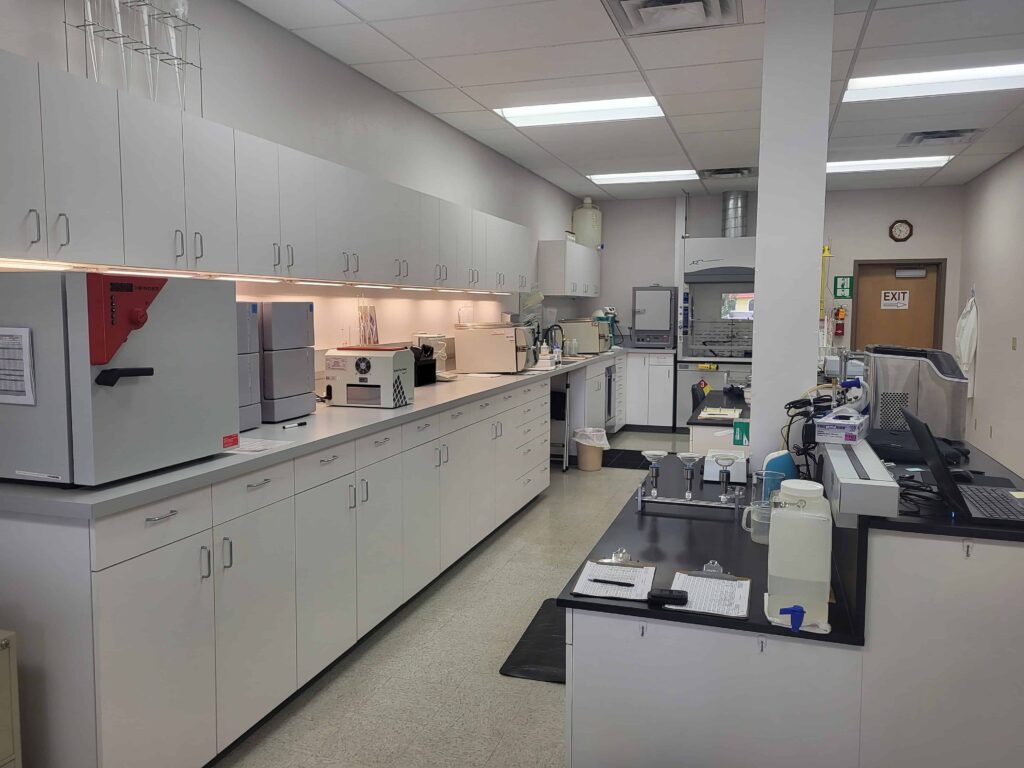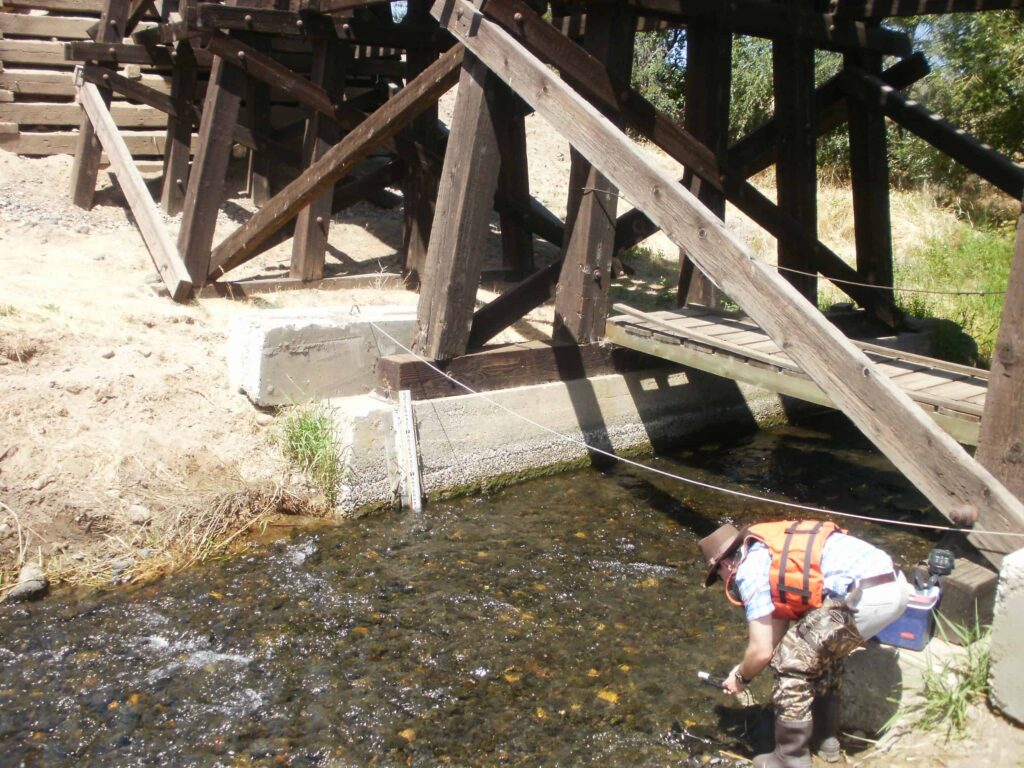WATER QUALITY
Water Quality Resources


History on Roza-Sunnyside Board of Joint Control (RSBOJC) and Water Quality (WQ) Department
In response to 1992-1994 drought, the Roza Irrigation District (Roza or RID) and the Sunnyside Division of Board of Control (SDBOC) formed the Roza-Sunnyside Board of Joint Control (RSBOJC) in 1996. Initially, this Board of Joint Control’s primary objective was to enhance water conservation and efficiencies, and co-manage water resources throughout the Lower Yakima River Basin during drought years. However, due to the Clean Water Act (CWA) requirements, in 1997 the Washington State Department of Ecology (Ecology), in cooperation with RSBOJC, conducted a Total Maximum Daily Load (TMDL) evaluation to determine priority water quality impairments in the Lower Yakima River. This 1997-1998 study report focused on historical and TMDL data which illustrated significant correlations between Total Suspended Solids (TSS) and Turbidity, and between TSS and total Dichlorodiphenyltrichloroethane (DDT) loads from major agricultural areas during the irrigation season and within the Lower Yakima River Basin. Therefore, Ecology established 90th percentile TMDL threshold standards for TSS at 56 milligrams per Liter (mg/L) and for Turbidity at 25 Nephelometric Turbidity Unit (NTU) for agricultural return flows to the Lower Yakima River. The purpose of reducing suspended sediment generation and transport during the irrigation season would improve water quality and fish habitat in the basin.
As a result of this water quality shared issue between RSBOJC members, the Board of Joint Control adopted comprehensive Water Quality Policies and Programs, and the establishment of a Water Quality (WQ) Department in 1997 with the goal of improving water quality and the use of irrigation water. Since the development of the RSBOJC WQ Laboratory facility and its staff, a routine long-term monitoring program was formed in 1998. The main objectives of the water quality monitoring program are to:
- Provide baselines and variations in the water quality data throughout the RSBOJC conveyance and drainage project waterways
- Determine the benefits of implementation of on-farm Best Management Practices (PMPs)
- Provide quality control for individual water user water quality sampling programs, as requested
- Coordinate with other local, state, and/or federal agencies to provide water quality assessment data in bringing the agricultural return flows into agricultural return flows into compliance with TMDL and state surface water quality standards
Water Quality Parameters
Roza-Sunnyside Board of Joint Control WQ Lab Sunnyside, WA is accredited for the analytes listed below using the methods indicated. Full accreditation is granted unless stated otherwise in a note. EPA is the U.S. Environmental Protection Agency. SM is “Standard Methods for the Examination of Water and Wastewater.” SM refers to EPA approved method versions. ASTM is the American Society for Testing and Materials. USGS is the U.S. Geological Survey. AOAC is the Association of Official Analytical Chemists.
Matrix/Analyte
Non-Potable Water
Method
“These records are maintained for Roza-Sunnyside Board of Joint Control, Sunnyside Valley Irrigation District, and Roza Irrigation District (collectively “RSBOJC”) purposes and are not intended to be relied upon for private use or any other purpose. No warranties or representations are made as to the accuracy of any information provided. If you need specific information, it is strongly recommended that you consult an independent water quality specialist. The RSBOJC is not responsible for any loss, injury, claim, liability, or damage related to your use of these records.”
Sampling Results
Most Recent Sampling Data
All units: MPN/100 mL
Laboratory ID: G801
Standard Method: 9223B
| Date | Mile 0.60 | Mile 23.17 | Mile 37.10 | Mile 45.70 | Mile 52.63 | Mile 59.30 |
|---|---|---|---|---|---|---|
| 04/01/25 | 12.0 | |||||
| 04/02/25 | 23.8 | 22.6 | 19.7 | 17.1 | 6.3 | |
| 04/21/25 | 22.8 | |||||
| 04/22/25 | 23.8 | 14.6 | 9.7 | 108.1 | 6.3 | |
| 05/12/25 | 38.4 | |||||
| 05/13/25 | 21.3 | 43.7 | 25.9 | 44.8 | 42.8 | |
| 06/02/25 | 131.4 | |||||
| 06/03/25 | 65.0 | 101.7 | 52.9 | 146.7 | 77.6 | |
| 06/23/25 | 83.6 | |||||
| 06/24/25 | 29.2 | 70.3 | 142.1 | 83.9 | 52.0 |
